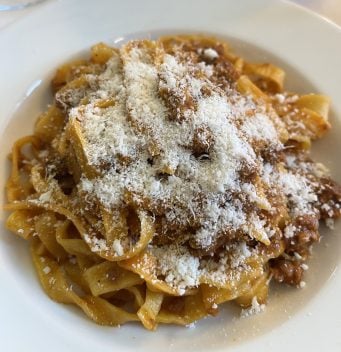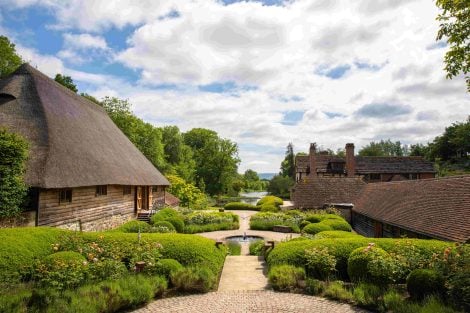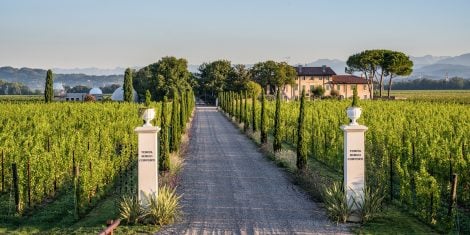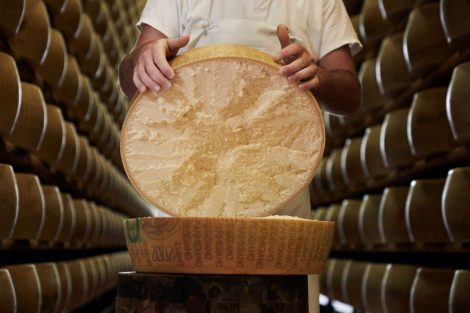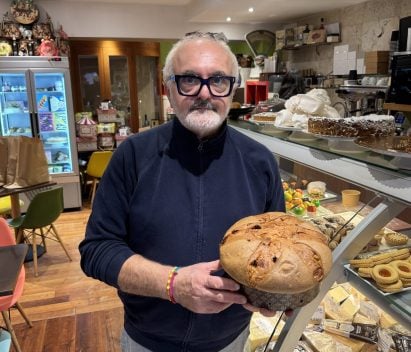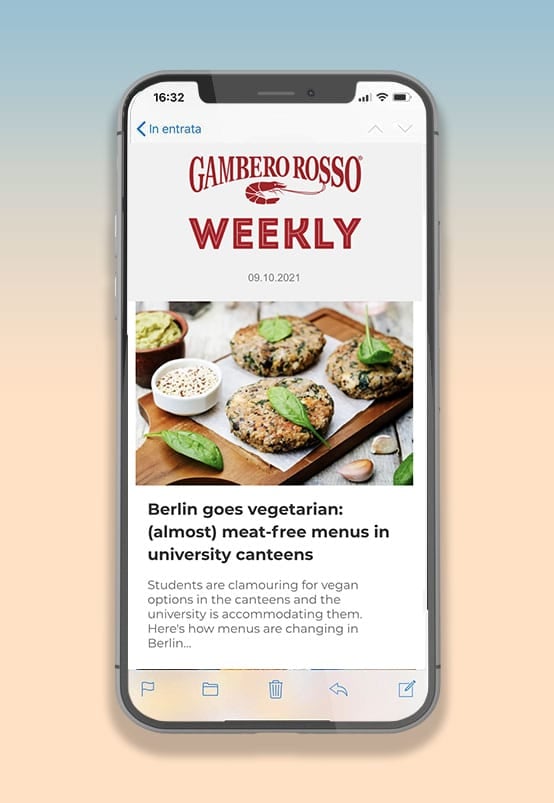The Here and the There as distortions of history and geography. Walls crumble, barriers are lowered, and new alliances grow. Where there was division and hostility, agreements are forged, projects are shared, and border wines and beers emerge — recipes from the edge in lands that form a crossroads of Central European cultures and influences (Italian, Slavic, Austrian), but which were long separated by geopolitics when Europe was divided by the Iron Curtain, until the fall of the Berlin Wall in 1989. Today and throughout the year, Gorizia and Nova Gorica (in Slovenia, formerly Yugoslavia) share the title of European Capital of Culture 2025 and a rich calendar of events (including food and wine initiatives) under the banner of a renewed unity — a spirit of collaboration that had already brought together many wine producers, restaurateurs, chefs, and tourism operators from both Italy and Slovenia in recent years. Back then, such things weren’t possible.
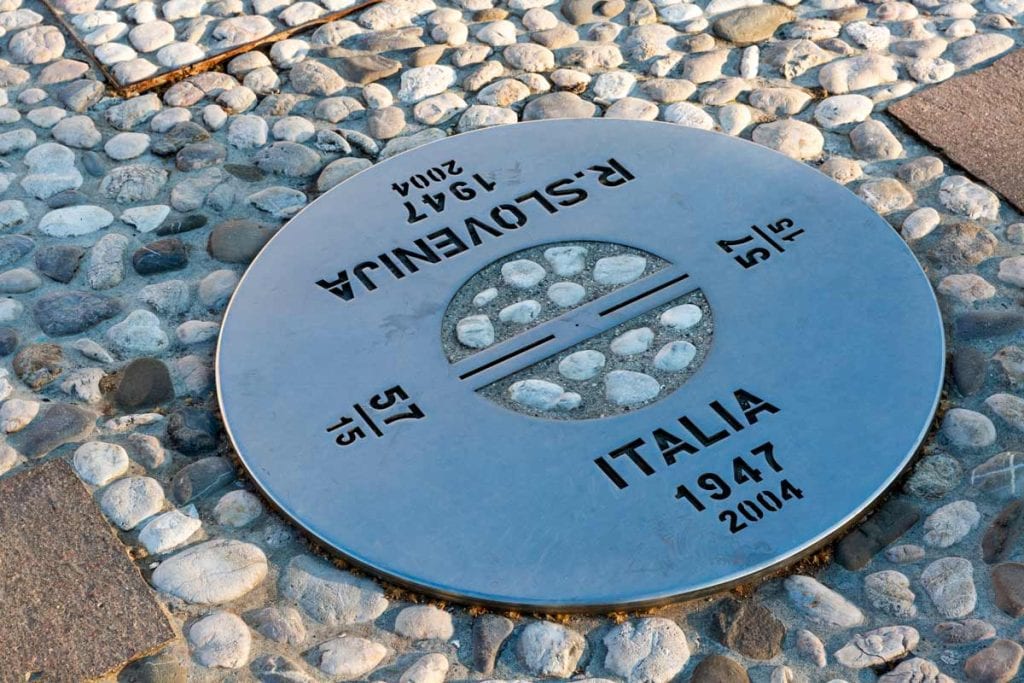
The Smuggling and Pass Permit museums
Borders have now become a fading memory — something to preserve, but never repeat. At the Rafut crossing, on the Slovenian side, the small Museum of Smuggling offers a collection of everyday vintage items — old tins of food, vinyl records, 1980s cosmetics — that take us back to a grey past. In a way, it’s even amusing to rediscover the many tricks used to bypass border guards. On the Italian side of Rafut, barely a hundred steps away, stands the Museum of the Pass Permit. The Prepustnica was a special permit that entitled locals within a certain distance to carry larger quantities of goods — food, meat, cheese, clothes, household items — across the border.
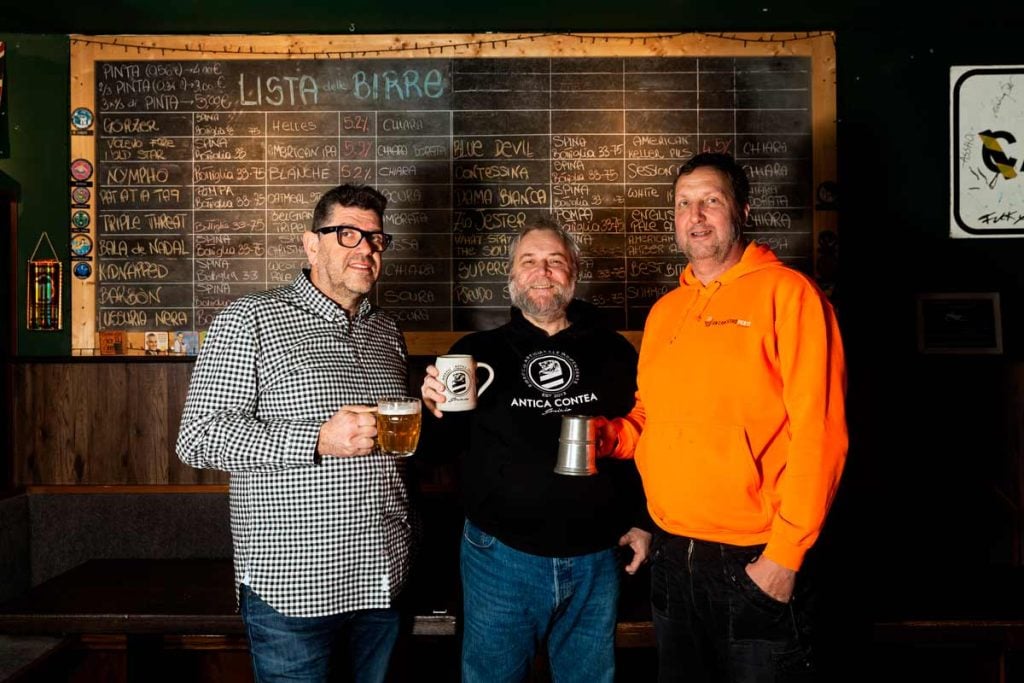
The producers of Borderless: from left, the Slovenian Andej Sluga and the Italians Alessandro Bilucaglia and Costantino Tosoratti
Antica Contea and Reservoir Dogs: frontier breweries
“We all did subsistence smuggling,” admits Costantino Tosoratti, one of the four partners at the Antica Contea farm brewery in Gorizia. “For example, you’d bring coffee across the border — a prized commodity in Yugoslavia — and return with excellent meats and grappas.” Antica Contea is a key player in the cross-border collaboration between Slovenian and Italian communities. Together with Andej Sluga, brewmaster and owner of Reservoir Dogs in Nova Gorica, he launched Borderless, a canned golden ale: a joint production celebrating the European Capital of Culture 2025, but actually first tested before Covid. Moreover, right in the symbolic heart of the celebrations — Transalpina Square (trg Evrope) — the two breweries have for the past five years organised Borderless Beer, a long beer counter with 18 taps straddling the border: 9 taps in Italy, 9 in Slovenia, and two separate tills, each operating under a different tax and VAT system. Just one step, and you’re in another fiscal regime. A witty provocation.
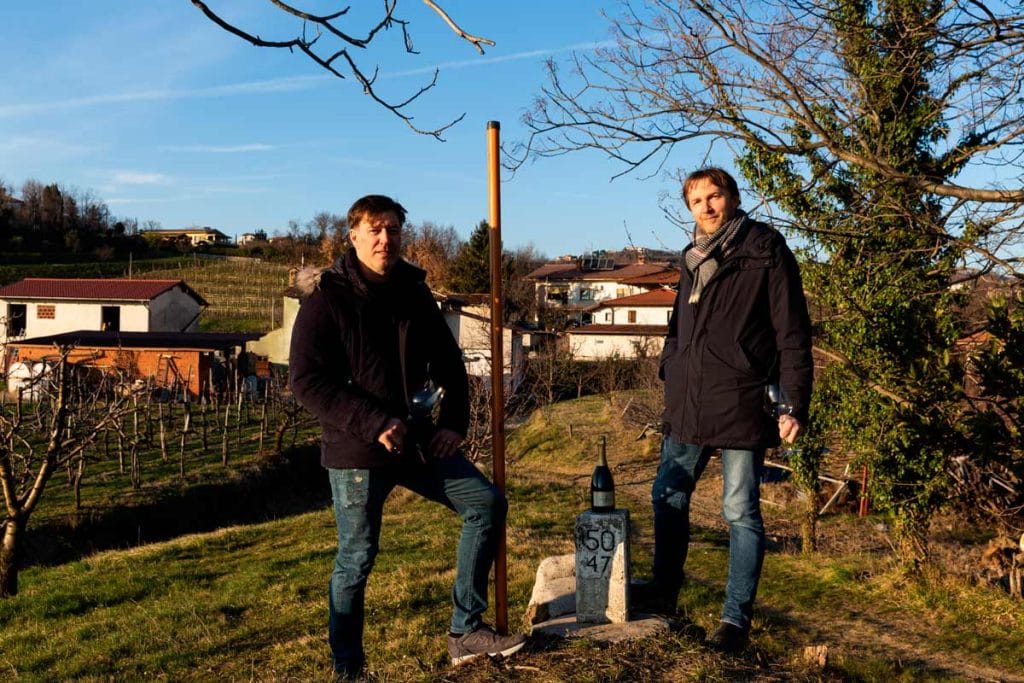
From the left, on the border stone, the Slovenian Matjaz Četrtič of the Ferdinand winery and the Italian Robert Princip of Gradis’ciutta.
Collio/Brda winemakers: collaboration in the vineyards
Winemakers in Collio Brda — the main wine tourism draw in this borderland — have long pursued alliances and cooperation, particularly through the area’s outstanding white wines and abundant Ribolla Gialla (Rebula in Brda). Since 2017, a group of Slovenian and Italian wineries has organised Brda Home of Rebula to highlight this homogeneous territory, only divided by a line drawn in the Paris Treaty of 1947, which didn’t exactly finesse the borders.
Another cross-border collaboration is the oenological tandem between Italian winemaker Robert Princip (of Gradis’ciutta) and Slovenian Matjaz Cetrtic (of Ferdinand). Together, they produce the classic method Sinefinis: 25,000 bottles made from two base wines of Ribolla/Rebula, with 36–60 months of ageing on lees.
“We’re the same age and grew up just 20 houses apart, but would never have met had the walls between our countries not fallen,” says Princip. “We met during a wine business master’s at MIB Trieste. A friendship began, and together we turned our study project into reality: making a European wine that goes beyond appellations, using our Ribolla or Rebula — a grape from a geographically homogeneous, unique, indivisible area, though historically separated.”
Another border project involves eight Brda municipalities aiming for UNESCO recognition of traditional terracing techniques, constructed solely with local materials. Much more common on the Slovenian side, these vineyard terraces stretch along the hillsides and ponca soils (marl and sandstone that crumble on the surface under weathering). This mineral-rich terroir gives character to local whites.
“Everything we do is cross-border — it reflects how we live,” says Tina Novak Samec, head of the Brda tourist board. “The goal is to reunite, in many ways, a territory that has always been one, but was split by war.”
Movia and Keber: wines of artists and authors
Among the wine-and-culture initiatives is Art Circle, involving international diplomacy, wineries, and local hospitality. Artists are hosted by a winery that becomes a “cultural embassy” and permanently displays the works created during their stay: paintings, painted barrels, custom plates, and designer furniture. Seventeen countries are involved. Italy is represented by Edi Keber’s winery as Slovenia’s cultural ambassador. In Dobrovo, just across the border, the “Japanese cultural embassy” is represented by Ales Kristancic and wife Vesna of Movia winery, the first to embrace biodynamic practices and one of the first to export Slovenian wines. Kristancic is a long-time wine creator and now experiments with custom barrels that are extra-wide and low — they look squashed and are designed to increase the wine’s contact with the lees. A bold, upside-down vision.
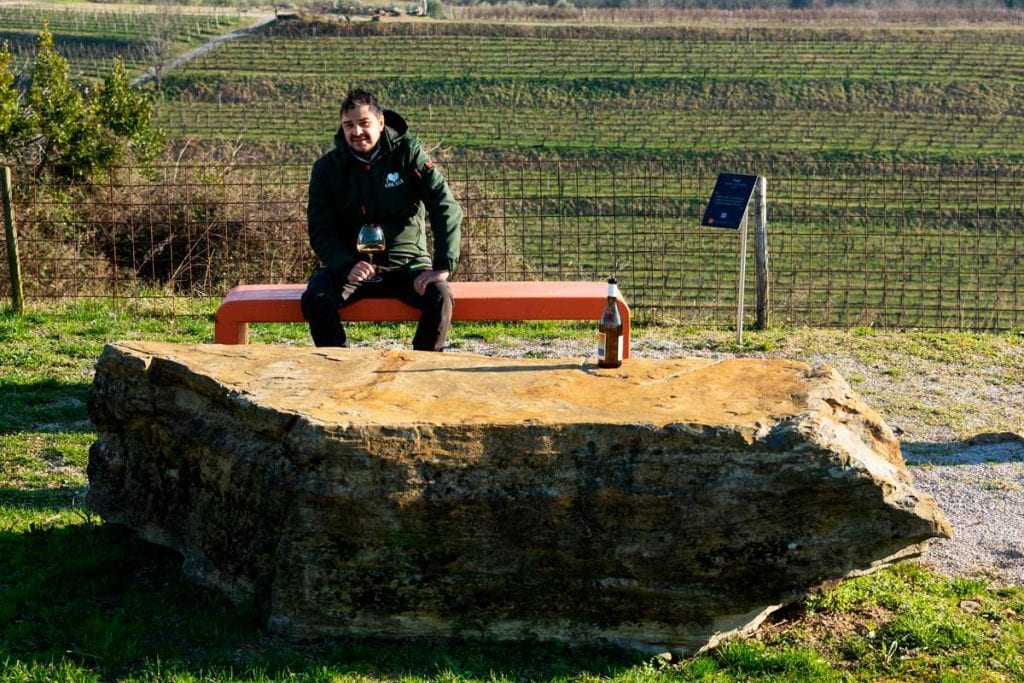
Vespas and “transfrontier” benches in yellow and orange
After WWII, 70% of the Collio Brda fell within Yugoslavia. While the socialist economy hindered private enterprise, it also preserved a mixed agriculture of vines, orchards, vegetables, and olive trees.
“Until the 1990s, everything was frozen. The first winemakers in Brda — aside from Movia, already operating privately — were six small producers in Medana who released their first bottles in 1991,” recalls Sebastian Mauric, winemaker at Belica and restaurateur at Hiša Marica in the charming village of Šmartno. “Ironically, this historical delay became a strength, preserving a diverse landscape. Wine became the engine, quickly revitalised by Italian technology. So, if in 1991 Brda had just 50 beds, today it’s a thriving destination.”
From yellow Vespas available to Collio wine tourists to yellow benches in Brda and orange benches by the seven Ribolla producers of Oslavia, the promotion highlights the beauty of these “peripheral” lands. Don’t believe it? Head to Ronco dei Tassi (their Collio Bianco Fosarin 2021 earned Tre Bicchieri) among the steep vineyards of the Plessiva reserve, and enjoy a tasting with panoramic views of WWI battlefields: Sabotino, Monte Santo, Korada — peaks now in Slovenia. Or go to Dolegna del Collio, where, along old border stones, Roberto Snidarcig of Tiare winery produces his flagship wines: Sauvignon (Tre Bicchieri 11 years running) and Masserè, a skin-contact Pinot Grigio born from a press breakdown.
“A coppery, onion-skin coloured wine that immediately won me over — so I decided to keep making it,” says Snidarcig.
The Austro-Hungarian olive grove and the rediscovery of extra virgin oil
Before 1915–18, today’s Brda was the olive grove of the Austro-Hungarian Empire, later conquered by the Italian army and formally annexed to the Kingdom of Italy in 1920 with the Treaty of Rapallo. But in 1929, a destructive frost hit hard, and the Fascist regime discouraged recovery, favouring other crops — southern Italy had olive oil in abundance. A strong revival came post-1990, first for home use, then as small businesses — like Villa Eva by brothers Kris and Timon Brataševec, who invested in olive oil 15 years ago, replacing their family vineyard with 1,200 trees of native Drobnica and Cernica, plus Pendolino, Frantoio, Bianchera, and Buga. They produce a blend and 4–5 monovarietals.
“We aim for quality,” says Timon. “In an area where so many wine tastings take place, olive oil can be a pleasant discovery too.”
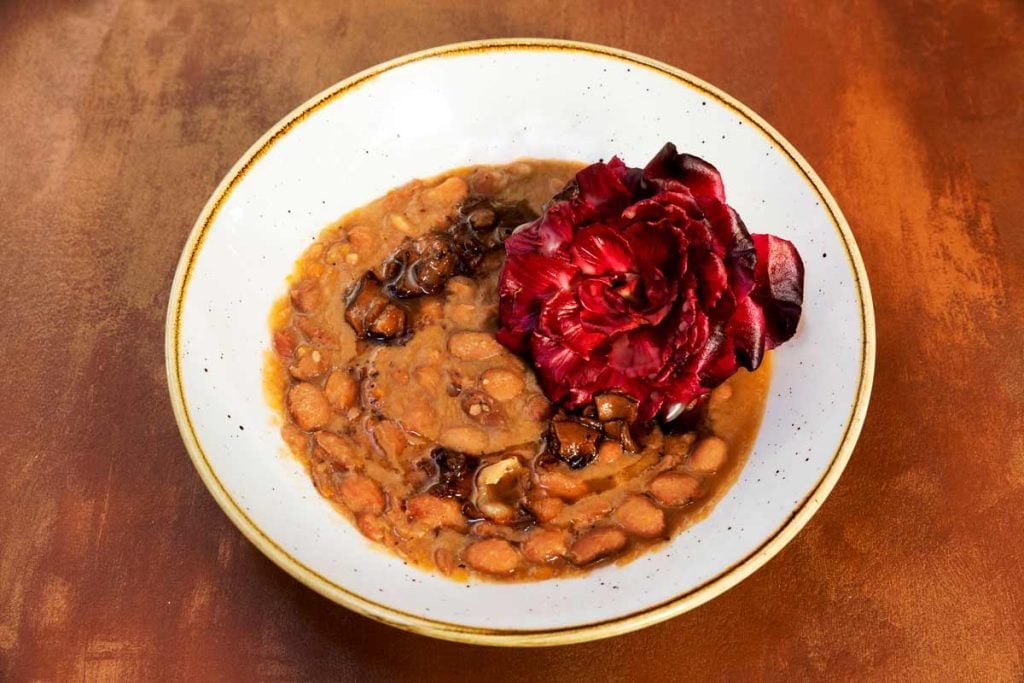
Bean soup with Rosa di Gorizia and pork cracklings from the Chincaglieria bistro.
The crossroads of Central European cuisine
From break to break, we return to the table and the bubbling pot of Central European cuisine, where Austrian, Italian, and Slavic food cultures converge. From Trieste’s Jota stew to Slovenian Štrukly, it’s a culinary melting pot — celebrated in events like Gusti Senza Frontiera in Gorizia each September.
“Territorial cuisine was already influenced by the Mitteleuropean touch,” notes Chiara Canzoneri, young chef at Chincaglieria, a new bistro and deli. “There’s no border between one dish here and one there — sometimes just a slightly different way of preparing it for the same result.”
An example? Her tasty Bean Soup with Gorizia Rose and pork cracklings — though to taste the Rosa di Gorizia (a local radicchio variety), you’ll have to wait until January.
“After sowing and leaf cleaning, we stop the radicchio from growing tall to preserve its rose shape,” explains young grower Fabio Brumat. “We harvest with the winter’s first frosts and move them to dark rooms, stables, or cellars for two weeks of bleaching. They’re placed vertically in wood shavings and soil. The stalk turns white and crisp, the colour softens to a brilliant red. The flavour shifts from bitter to sweet.”
Tribute to the river: freshwater fish
While waiting for the next bloom, we console ourselves with a taste of Isonzo trout — Soca river trout to Slovenians. Crossing the border, we leave behind Nova Gorica’s rationalist architecture — the younger sister of Gorizia, built from scratch in 1947 — and enter the Vipava Valley, further south. Dinner awaits at Restaurant Termika: prawn puffs with Isonzo trout tartare marinated in beetroot juice, extra virgin olive oil, lemon, orange juice, and sesame seeds. The finale: a delicate salt-baked salmon trout with potatoes and cabbage.
A tribute to “the flowing river and oxygen-rich water,” says chef Alexander Mladovan. In a world without borders, kindness is a virtue.
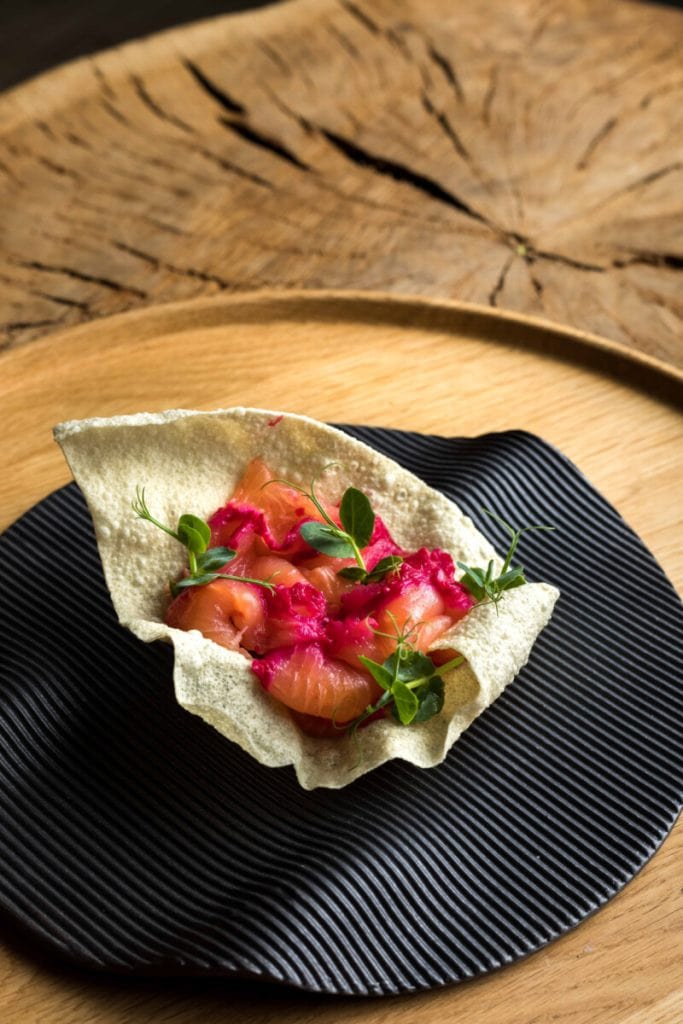
20 unmissable addresses on the border
Here’s a selection of around twenty venues — a handbook to rediscover shared values along a border now overcome through a myriad of collaborations among producers, artisans, chefs, and tourism operators…
GORIZIA

Alla Luna
via Oberdan, 13
0481530374
trattoriaallaluna.com
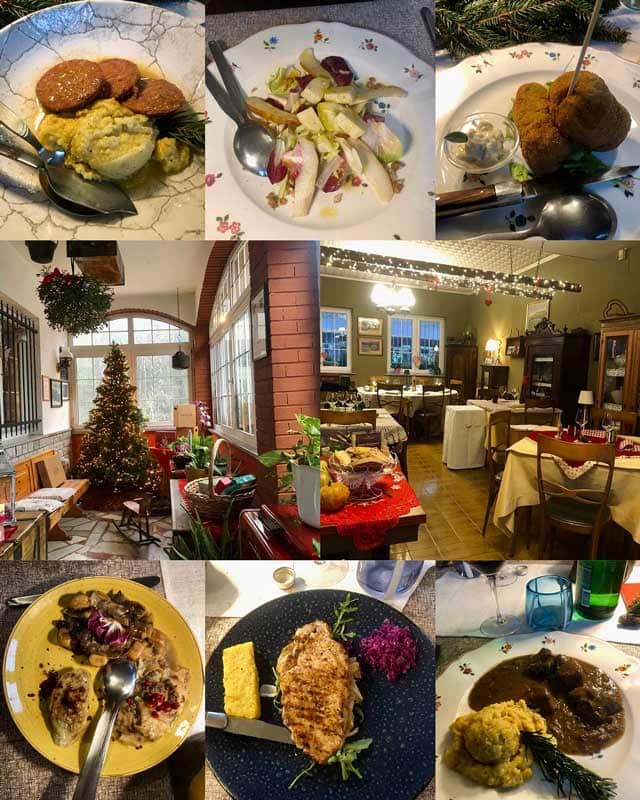
Al Ponte del Calvario
loc. Groina
via Vallone delle Acque, 2
0481 534428
alpontedelcalvario.it
Antica Contea
via IV Novembre. 5c
351 982 0448
anticaconteabirrificio.it
Chincaglieria
via Rastello, 62
320 6755285
milleottocentoquarantotto.it
Rosenbar
via Duca d’Aosta 96
0481 522700
rosenbar.it
Agricola Brumat
loc. Piuma, 56
0481 33242
@fbrumat
KOJSKO
Ferdinand
Gonia?e, 1s
+386(0) 4151 0636
ferdinand.si
Hiša Marica
Šmartno, 33
+386 (0) 5304 1039
marica.si
OSLAVIA
Fiegl
loc. Lenzuolo Bianco, 1
328 251 9405
fieglvini.it
SAN FLORIANO AL COLLIO
Gradis’ciutta
Giasbana, 32
0481 390237
gradisciutta.eu
DOBROVO
Movia
Ceglo, 18
+386 (0) 51 304 580
movia.si
Villa Eva
Kozana, 28
+386(0)31 342 604
villaeva-oliveoil.com
NOVA GORICA
Reservoir Dogs Brewery
Industrijska Cesta, 1h
+386 (0) 8201 8375
reservoir-dogs.beer
CORMONS
Ronco dei Tassi
loc. Montona, 19
0481 60155
roncodeitassi.it
ŠEMPAS
Termika
Ozeljan, 6a
386 530 88557
gostilna-termika.si
DOLEGNA sul COLLIO
Tiare
loc. Sant’Elena, 3a
0481 62491
tiaredoc.com
INFO
Art Circle – artcircle.si
Collezione Museale Pristava/Museo del Contrabbando – valico Rafut (lato sloveno) – +386 (0) 5902 3847 – goriskimuzej.si/it
Museo del Lasciapassare – via del Rafut, 32 – Gorizia – 0481 383456 – museionline.info

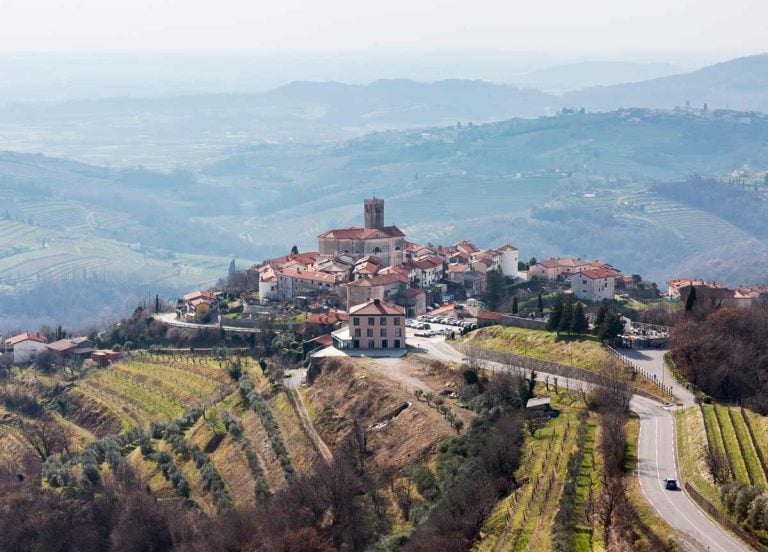
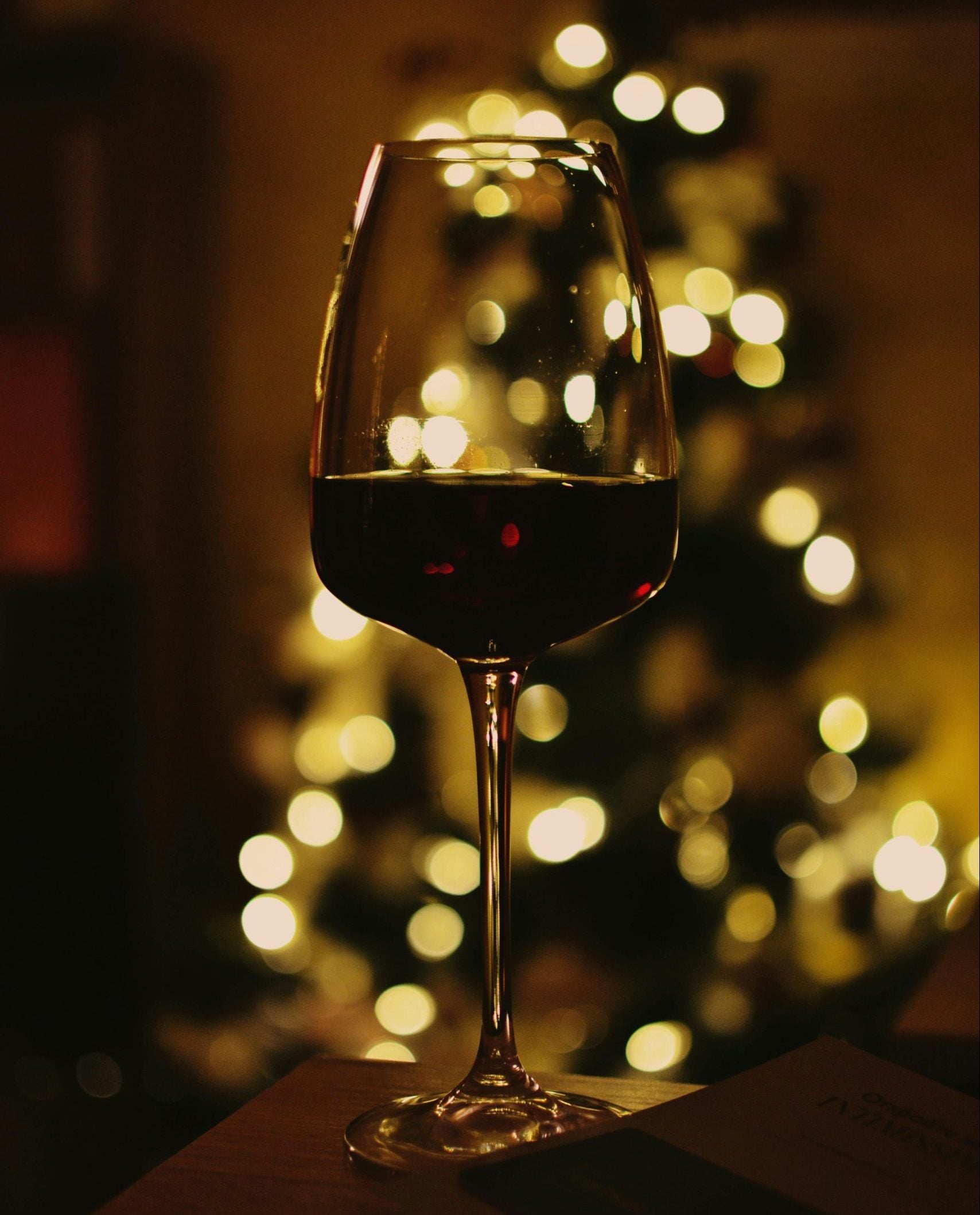 What do sommeliers drink at Christmas?
What do sommeliers drink at Christmas?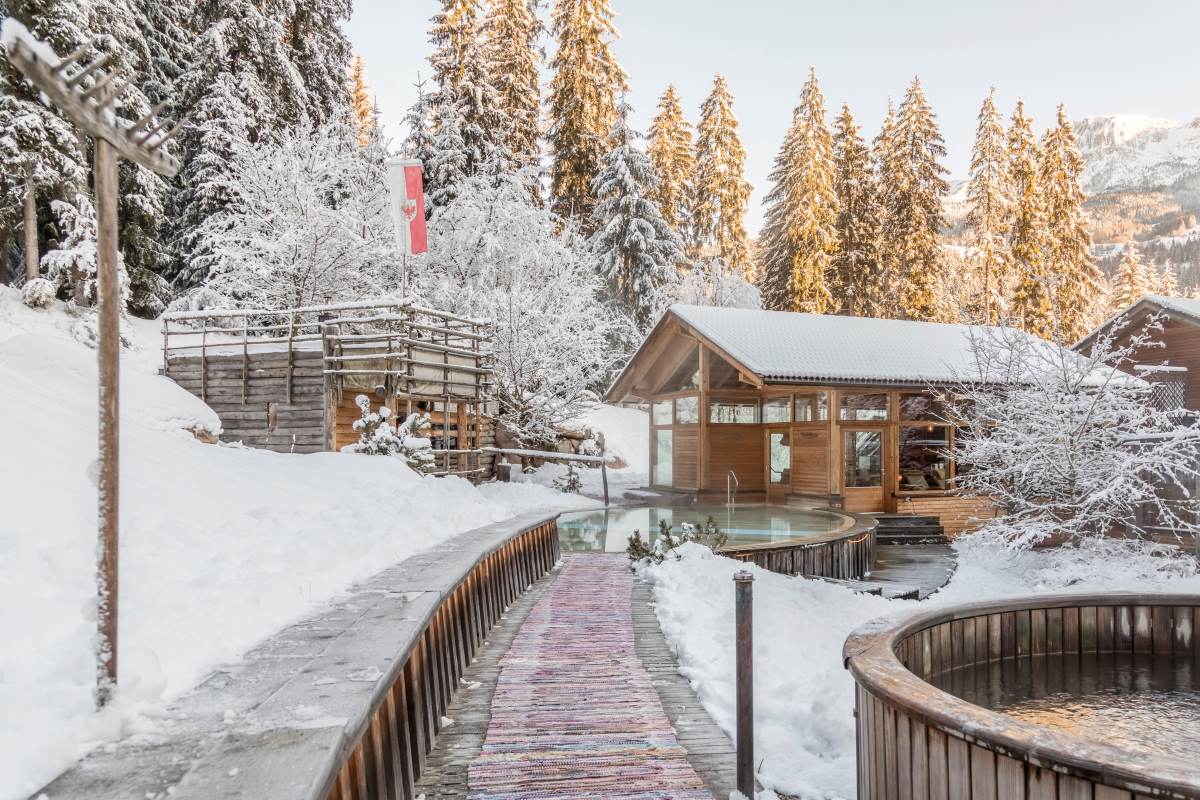 The alpine hotel where you can enjoy outstanding mountain cuisine
The alpine hotel where you can enjoy outstanding mountain cuisine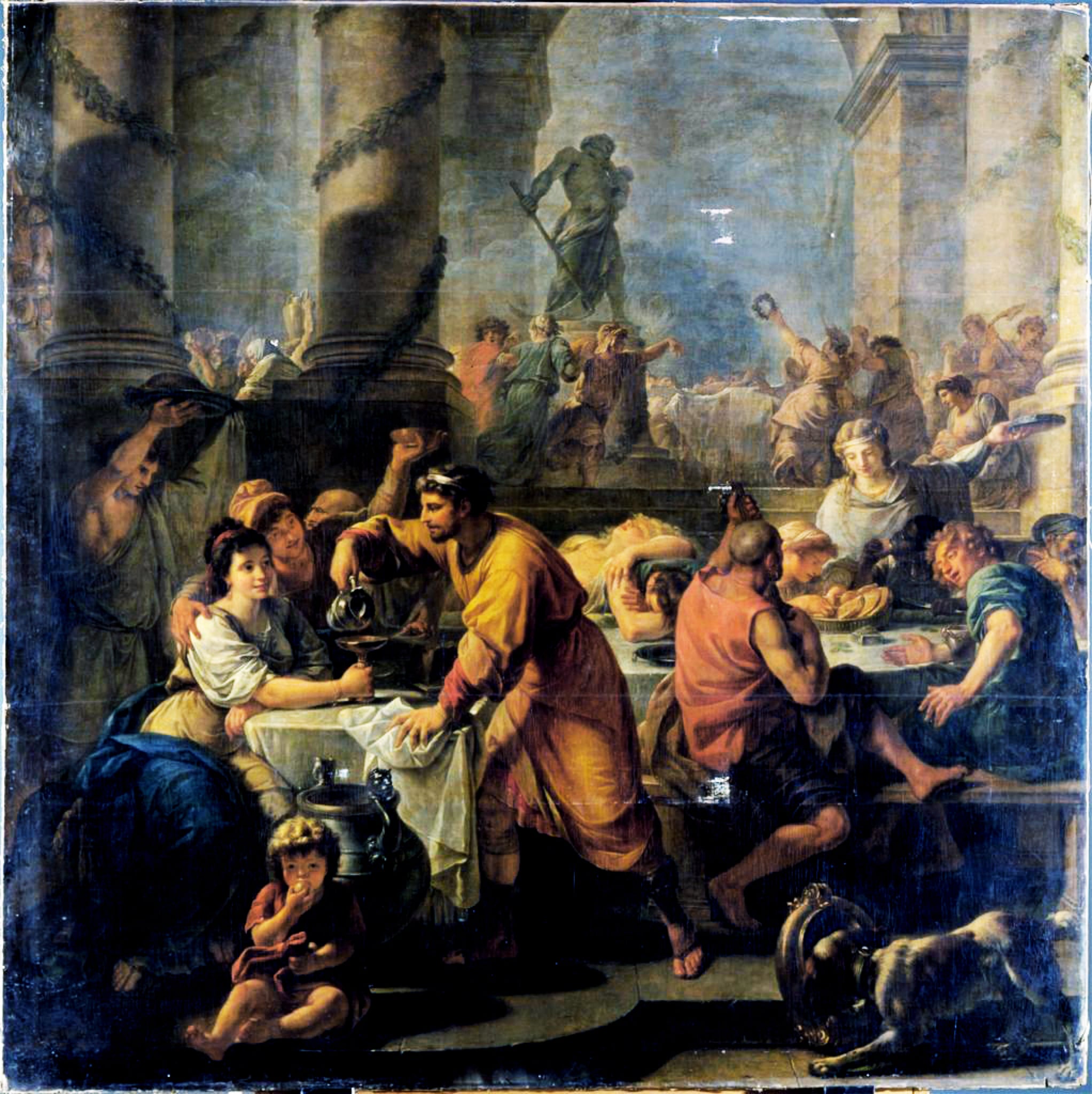 Io Saturnalia! How to celebrate the festive season like an Ancient Roman
Io Saturnalia! How to celebrate the festive season like an Ancient Roman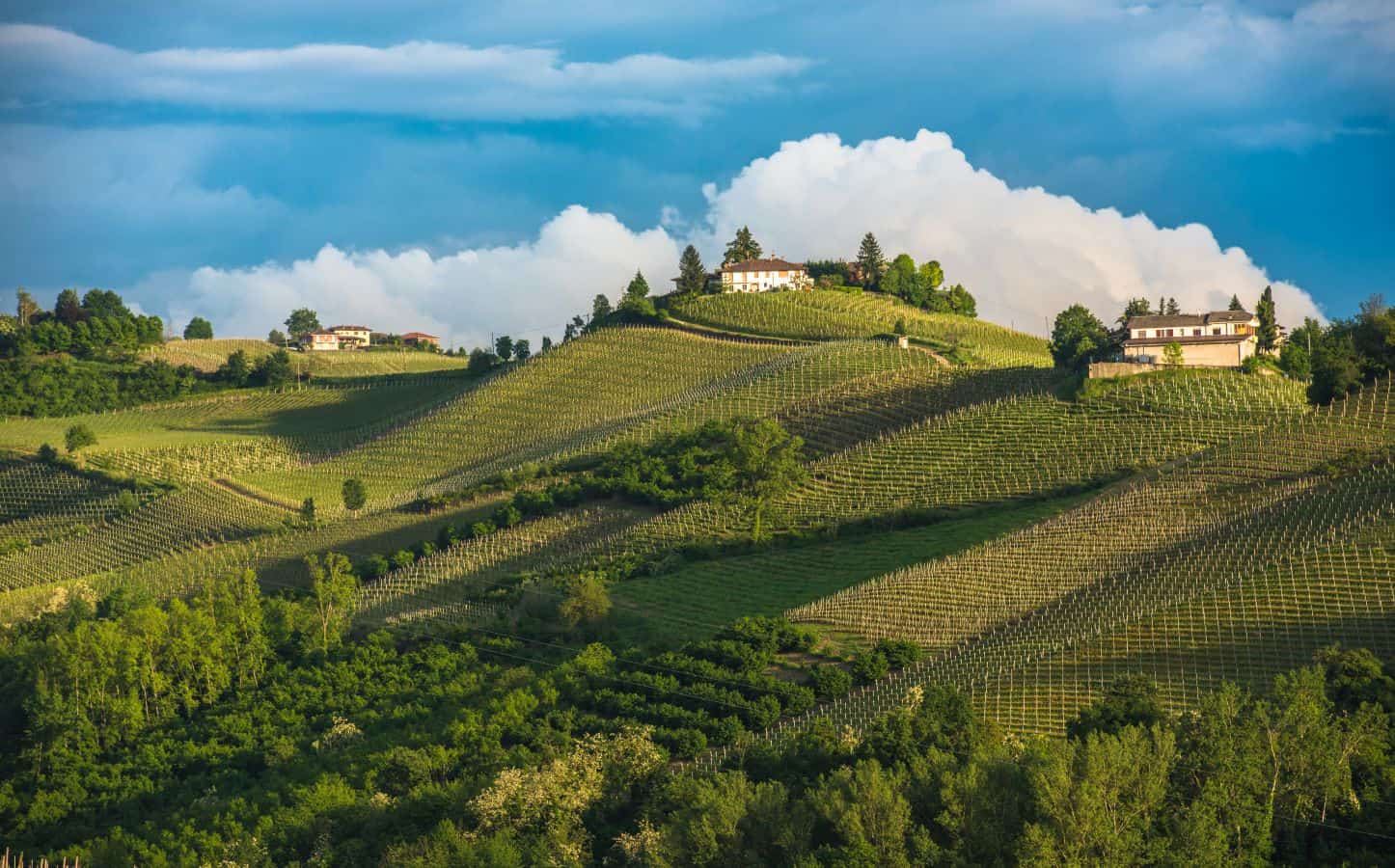 The UNESCO effect: tourism is growing, but there is a risk of losing identity
The UNESCO effect: tourism is growing, but there is a risk of losing identity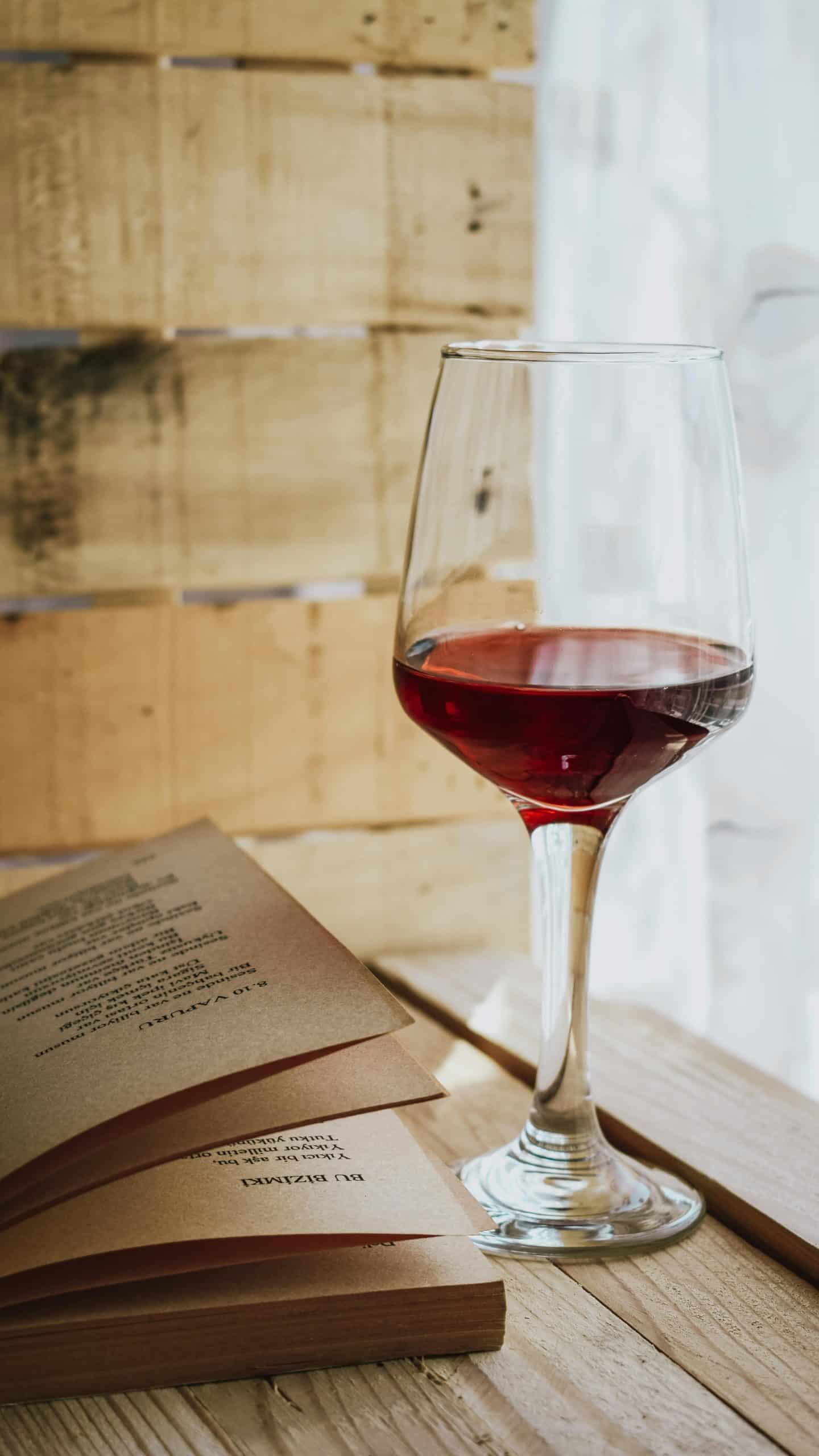 The perfect pairing? Wine and books
The perfect pairing? Wine and books
